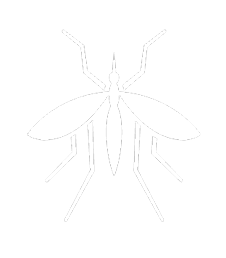Introduction to Malaria Vector control
Mosquitoes are responsible for transmitting the most important vector-borne diseases; of greatest importance are malaria, but also lymphatic filariasis, Japanese enchepalitis, dengue and other forms of encephalitis, Chikungunya, yellow fever and West Nile fever. Diseases such as West Nile Virus and Dengue fever where there is no effective cure, vector control remains the only way to protect populations.
As the impacts of these vector-borne diseases can be devastating, the need to control the vectors is paramount. Uncontrolled vectors in many third world areas can have a devastating impact with nearly 700 million people getting a mosquito-borne illness each year resulting in greater than one million deaths. In Africa, a child dies every minute from malaria. In countries where malaria is well established there is a huge burden on the economy.
Prevention through vector control and treatment are needed to protect populations. The object of all control measures is to reduce contact between people and infected mosquitoes thereby reducing malaria transmission to the point of interruption whilst minimizing harm to the environment and human health.
Before commencing a vector control programme, a detailed knowledge of the biology of the target species is essential, as measures effective against one species might be inappropriate for another. Integrated vector control (IVC) refers to the use of a combination of appropriate technologies and management techniques to bring about effective vector suppression. Therefore, the greater the number of interventions applied the greater success a sustainable strategy will have.
Methods currently available are:
- Chemical control
- Environmental management and source reduction
- Personal protection methods
- Biological control
- Health education
Protection from mosquito bites can be achieved by using repellents or insecticide-treated mosquito nets, whilst biological and chemical control of mosquito vectors aimed at the larval and adult stage of the mosquito life cycle can be achieved using environmental management and source reduction that includes larviciding, indoor residual spraying (IRS) and the use of insecticidal space sprays. Since the habitat of the two stages differ, the approaches to control and the insecticides and formulations used, also differ.
Much of the success in controlling malaria in Southern Africa can be attributed to the scientific approach employed, in the correct use of appropriate insecticides, spraying equipment and spraying techniques by well-informed and motivated members of Malaria Control teams.
For more information please refer to the appropriate product selections or to our
IRS training manual.







